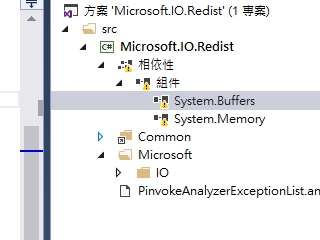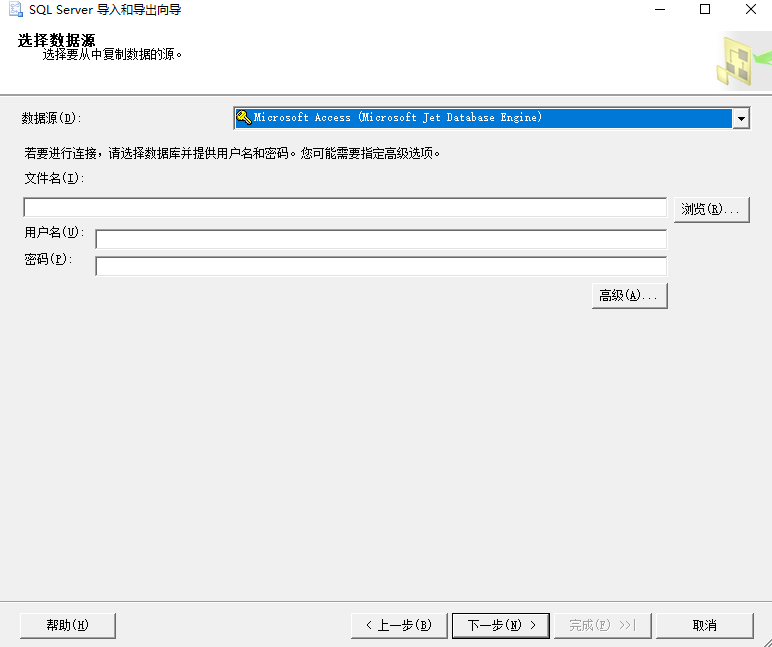可以将文章内容翻译成中文,广告屏蔽插件可能会导致该功能失效(如失效,请关闭广告屏蔽插件后再试):
问题:
Is it possible to start an activity on the stack, clearing the entire history before it?
The situation
I have an activity stack that either goes A->B->C or B->C (screen A selects the users token, but many users only have a single token).
In screen C the user may take an action which makes screen B invalid, so the application wants to take them to screen A, regardless of whether it is already in the stack. Screen A should then be the only item on the stack in my application.
Notes
There are many other similar questions, but I haven\'t found anything that answers this exact question. I tried calling getParent().finish() - this always results in a null pointer exception. FLAG_ACTIVITY_CLEAR_TOP only works if the activity is already on the stack.
回答1:
In API level 11 a new Intent Flag was added just for this: Intent.FLAG_ACTIVITY_CLEAR_TASK
Just to clarify, use this:
intent.setFlags(Intent.FLAG_ACTIVITY_NEW_TASK | Intent.FLAG_ACTIVITY_CLEAR_TASK);
Unfortunately for API lvl <= 10, I haven\'t yet found a clean solution to this.
The \"DontHackAndroidLikeThis\" solution is indeed pure hackery. You should not do that. :)
Edit:
As per @Ben Pearson\'s comment, for API <=10 now one can use IntentCompat class for the same. One can use IntentCompat.FLAG_ACTIVITY_CLEAR_TASK flag to clear task. So you can support pre API level 11 as well.
回答2:
Case 1:Only two activity A and B:
Here Activity flow is A->B .On clicking backbutton from B we need to close the application then while starting Activity B from A just call finish() this will prevent android from storing Activity A in to the Backstack.eg for activity A is Loding/Splash screen of application.
Intent newIntent = new Intent(A.this, B.class);
startActivity(newIntent);
finish();
Case 2:More than two activitiy:
If there is a flow like A->B->C->D->B and on clicking back button in Activity B while coming from Activity D.In that case we should use.
Intent newIntent = new Intent(D.this,B.class);
newIntent.addFlags(Intent.FLAG_ACTIVITY_CLEAR_TOP);
newIntent.addFlags(Intent.FLAG_ACTIVITY_NEW_TASK);
startActivity(newIntent);
Here Activity B will be started from the backstack rather than a new instance because of Intent.FLAG_ACTIVITY_CLEAR_TOP and Intent.FLAG_ACTIVITY_NEW_TASK clears the stack and makes it the top one.So when we press back button the whole application will be terminated.
回答3:
With Android\'s Newer Version >= API 16 use finishAffinity()
approach is suitable for >= API 16.
Intent mIntent = new Intent(mContext,MainActivity.class);
finishAffinity();
startActivity(mIntent);
- Its is same as starting new Activity, and clear all stack.
- OR Restart to MainActivity/FirstActivity.
回答4:
I spent a few hours on this too ... and agree that FLAG_ACTIVITY_CLEAR_TOP sounds like what you\'d want: clear the entire stack, except for the activity being launched, so the Back button exits the application. Yet as Mike Repass mentioned, FLAG_ACTIVITY_CLEAR_TOP only works when the activity you\'re launching is already in the stack; when the activity\'s not there, the flag doesn\'t do anything.
What to do? Put the activity being launching in the stack with FLAG_ACTIVITY_NEW_TASK, which makes that activity the start of a new task on the history stack. Then add the FLAG_ACTIVITY_CLEAR_TOP flag.
Now, when FLAG_ACTIVITY_CLEAR_TOP goes to find the new activity in the stack, it\'ll be there and be pulled up before everything else is cleared.
Here\'s my logout function; the View parameter is the button to which the function\'s attached.
public void onLogoutClick(final View view) {
Intent i = new Intent(this, Splash.class);
i.setFlags(Intent.FLAG_ACTIVITY_NEW_TASK | Intent.FLAG_ACTIVITY_CLEAR_TASK);
startActivity(i);
finish();
}
回答5:
You shouldn\'t change the stack. Android back button should work as in a web browser.
I can think of a way to do it, but it\'s quite a hack.
Make your Activities singleTask by adding it to the AndroidManifest
Example:
<activity android:name=\".activities.A\"
android:label=\"@string/A_title\"
android:launchMode=\"singleTask\"/>
<activity android:name=\".activities.B\"
android:label=\"@string/B_title\"
android:launchMode=\"singleTask\"/>
Extend Application which will hold the logic of where to go.
Example:
public class DontHackAndroidLikeThis extends Application {
private Stack<Activity> classes = new Stack<Activity>();
public Activity getBackActivity() {
return classes.pop();
}
public void addBackActivity(Activity activity) {
classes.push(activity);
}
}
From A to B:
DontHackAndroidLikeThis app = (DontHackAndroidLikeThis) getApplication();
app.addBackActivity(A.class);
startActivity(this, B.class);
From B to C:
DontHackAndroidLikeThis app = (DontHackAndroidLikeThis) getApplication();
app.addBackActivity(B.class);
startActivity(this, C.class);
In C:
If ( shouldNotGoBackToB() ) {
DontHackAndroidLikeThis app = (DontHackAndroidLikeThis) getApplication();
app.pop();
}
and handle the back button to pop() from the stack.
Once again, you shouldn\'t do this :)
回答6:
Immediately after you start a new activity, using startActivity, make sure you call finish() so that the current activity is not stacked behind the new one.
回答7:
Try this:
Intent logout_intent = new Intent(DashboardActivity.this, LoginActivity.class);
logout_intent.setFlags(Intent.FLAG_ACTIVITY_CLEAR_TOP);
logout_intent.setFlags(Intent.FLAG_ACTIVITY_NEW_TASK);
logout_intent.setFlags(Intent.FLAG_ACTIVITY_NO_HISTORY);
startActivity(logout_intent);
finish();
回答8:
Intent i = new Intent(MainPoliticalLogin.this, MainActivity.class);
i.setFlags(Intent.FLAG_ACTIVITY_NEW_TASK | Intent.FLAG_ACTIVITY_CLEAR_TASK);
startActivity(i);
回答9:
Try below code,
Intent intent = new Intent(ManageProfileActivity.this, LoginActivity.class);
intent.addFlags(Intent.FLAG_ACTIVITY_CLEAR_TOP|
Intent.FLAG_ACTIVITY_CLEAR_TASK|
Intent.FLAG_ACTIVITY_NEW_TASK);
startActivity(intent);
回答10:
I found too simple hack just do this add new element in AndroidManifest as:-
<activity android:name=\".activityName\"
android:label=\"@string/app_name\"
android:noHistory=\"true\"/>
the android:noHistory will clear your unwanted activity from Stack.
回答11:
Sometimes your android emulator might fails to connect eclipse DDMS tool and ask for adb to start manually. In that case you can start or stop the adb using the command prompt.



